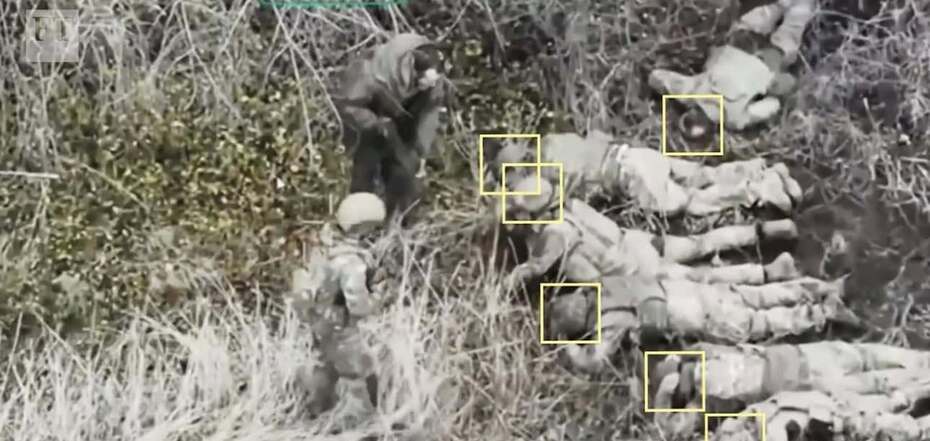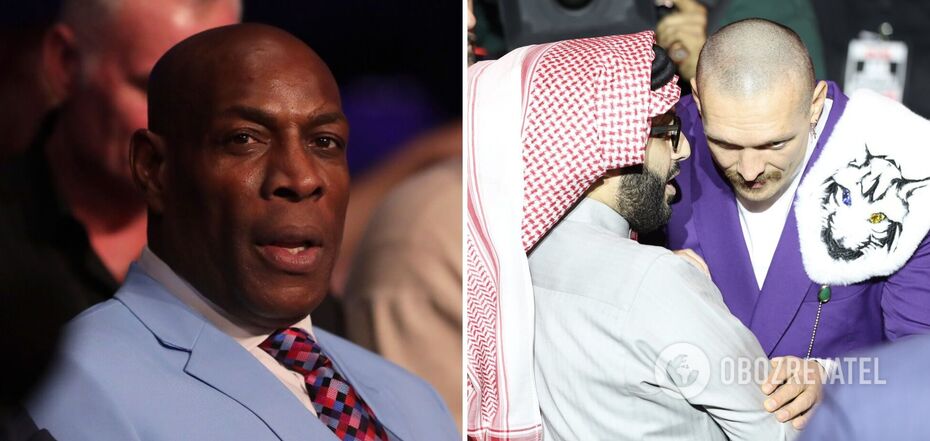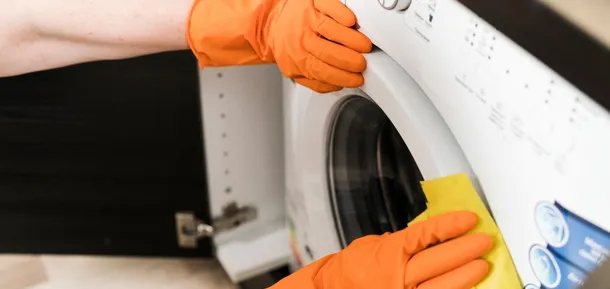War in Ukraine
Russian executions of Ukrainian prisoners of war are systemic. The Financial Times published an investigation
It would be good if our American colleagues read not only Komsomolskaya Pravda but also the Financial Times. Today, an important article by my good friend and talented journalist Christopher Miller was published there.
Do you remember the video that went viral in early January? It shows a group of Ukrainian prisoners of war being led to a pile of logs, forced to their knees, and shot in the back. The footage is so brutal that many refused to believe it was real. But the reality is always worse than the worst suspicions.
Today, the FT published an investigation that shows this is not just a random crime. This is a system. The proof of this is a year of work, facts, testimonies, and analysis of dozens of videos and satellite images.
I was lucky enough to hear some of the details of this investigation from Chris himself. How did he and his colleagues manage to find one of the perpetrators of this execution, 32-year-old Russian military officer Oleg Yakovlev.
This is really incredibly cool work, which I am sure will become an important part of the investigation of Russian war crimes.
Audio forensics, social media, and details in the video helped identify the war criminal. This is a rare case when journalists manage to trace the connection between a particular torturer, his unit, and the higher command.
The Financial Times has gathered evidence that such executions are not isolated incidents. The map shows more than 30 such cases in the last year alone. Prosecutors and human rights activists confirm that this is not just the brutality of individual soldiers, it is politics.
Real journalism is not about hype, but about patience, professionalism, and cold calculation. This is exactly the case.
The article itself and the documentary video. Share it, it's a great work about terrible crimes.





























